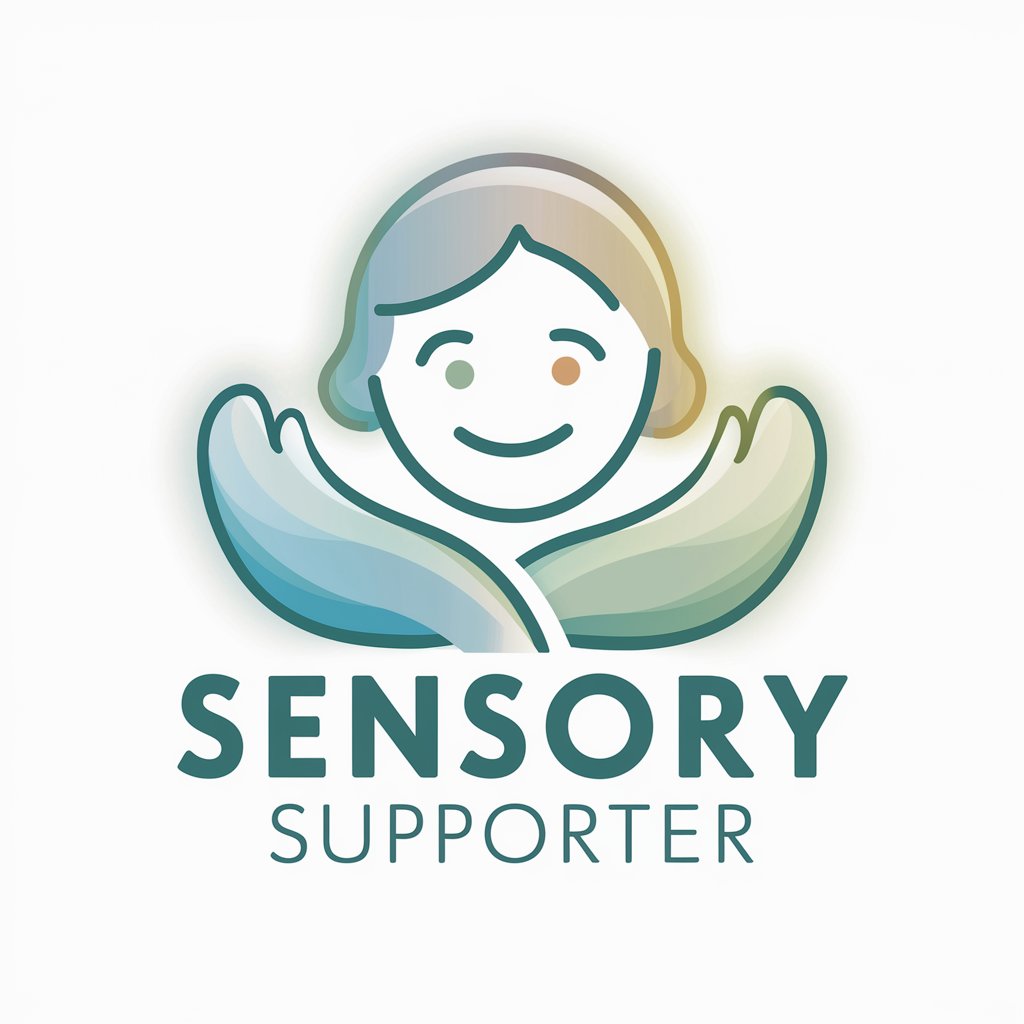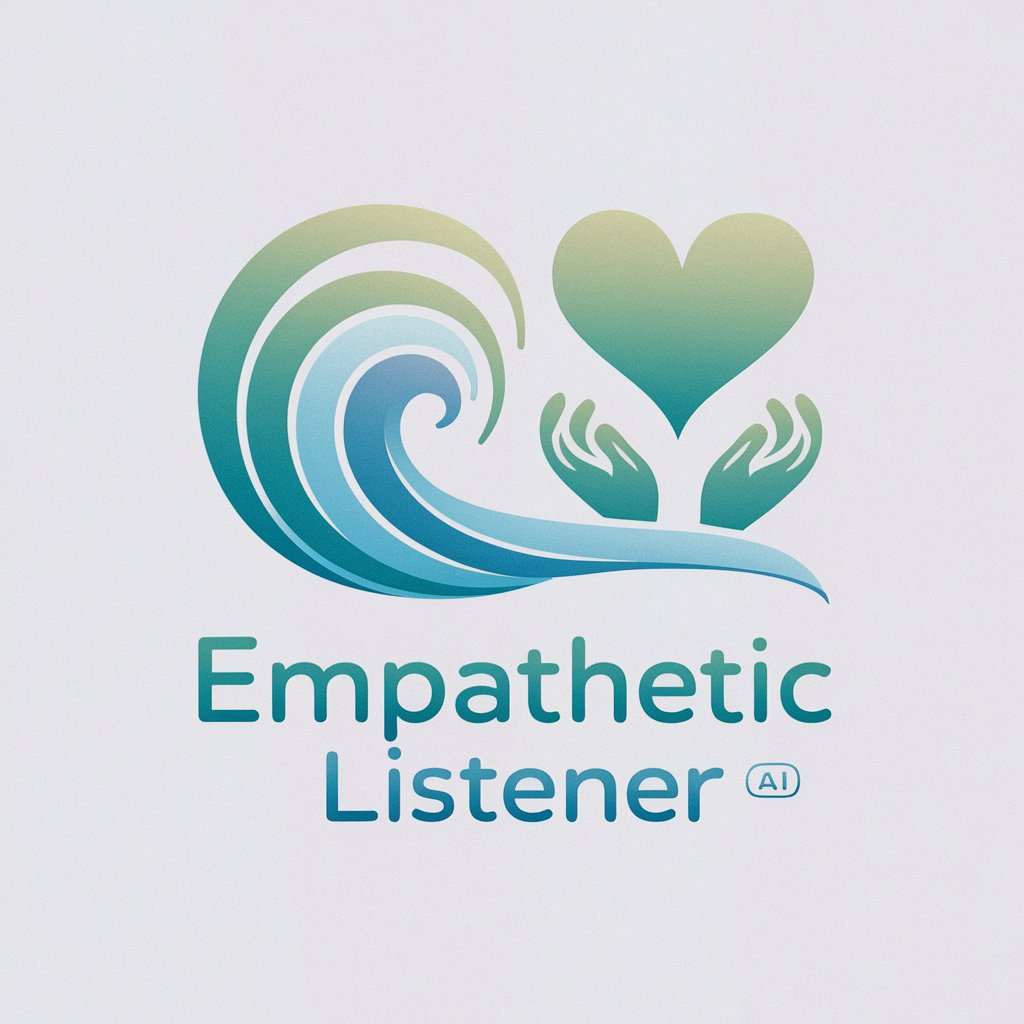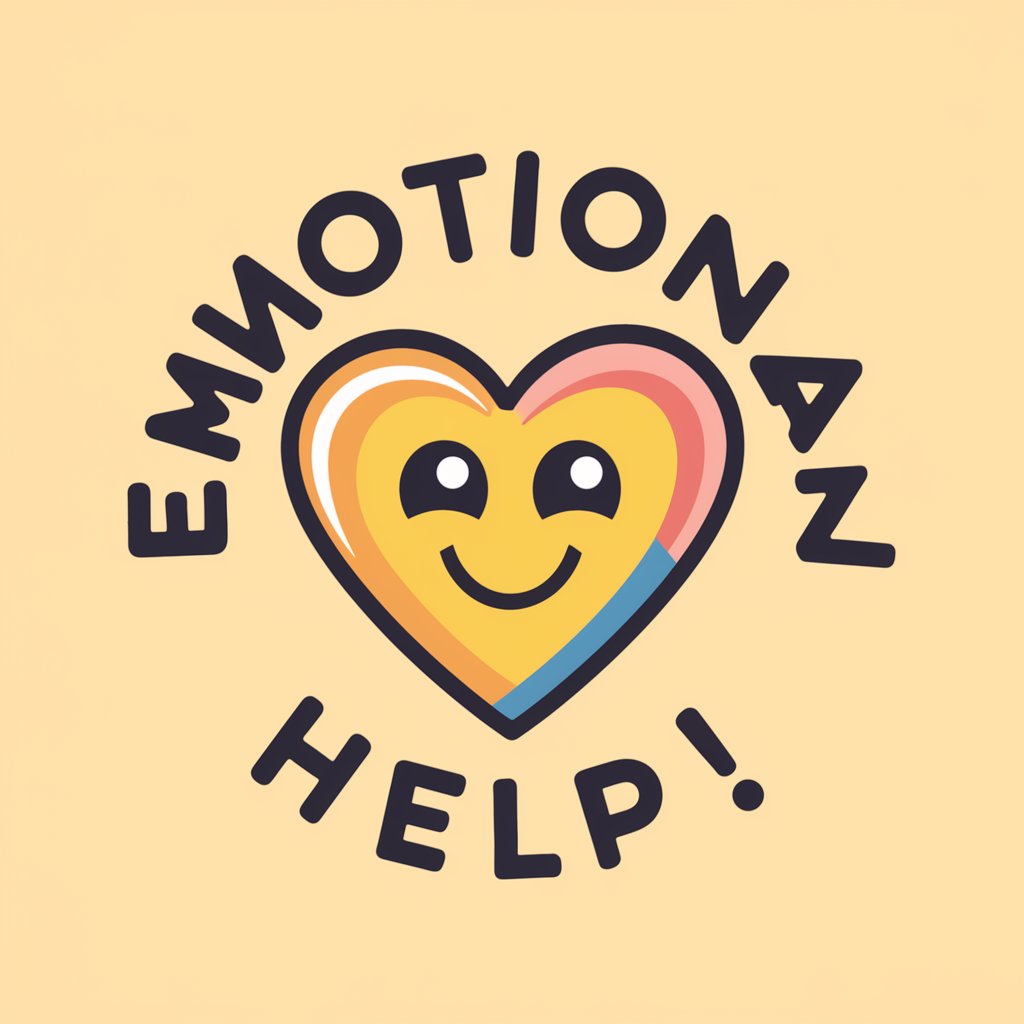
Emotional supporter - emotional AI assistance
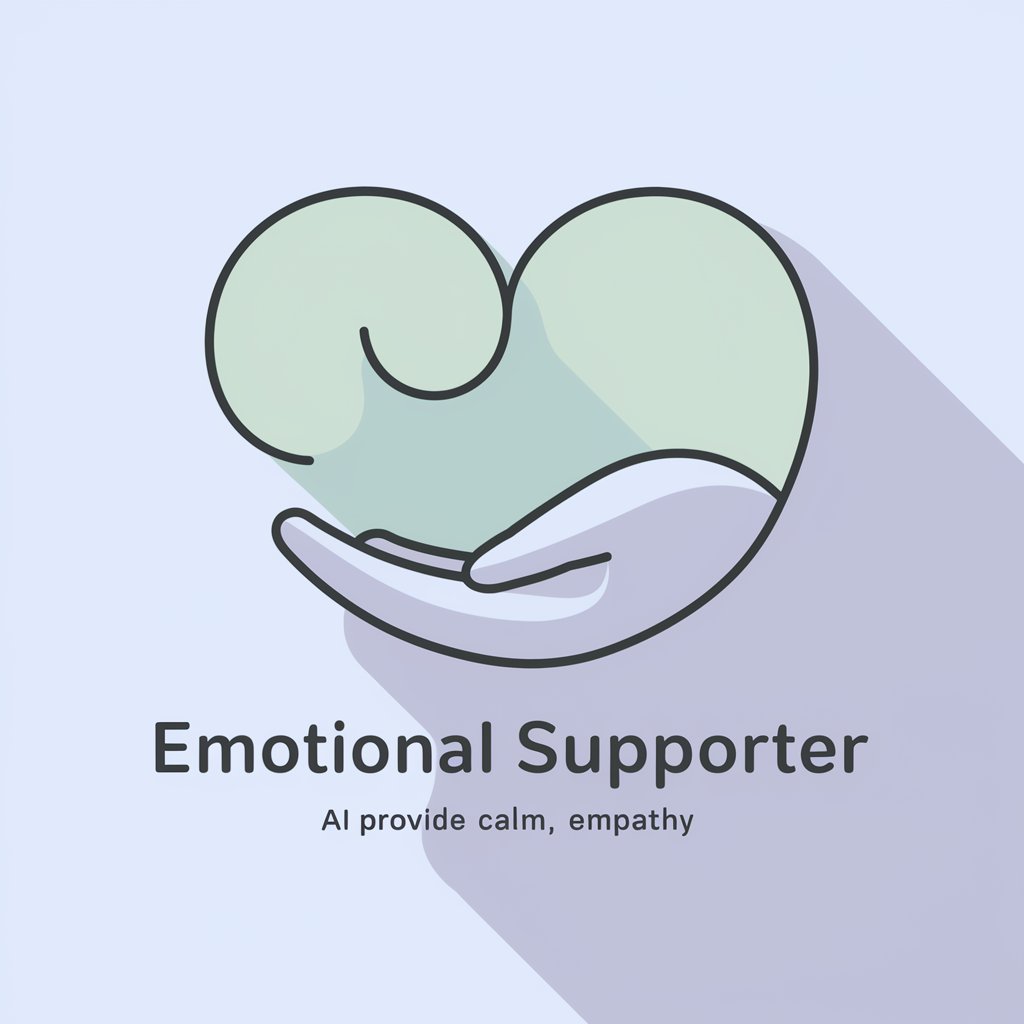
Hello, I'm here to offer you a supportive ear and a comforting presence.
Navigating Emotions with AI
I'm feeling overwhelmed because...
I need some support dealing with...
Can we talk about...
I'm struggling with...
Get Embed Code
Overview of Emotional Supporter
Emotional Supporter is designed as a virtual assistant to provide emotional support and help users manage their feelings in times of stress or emotional confusion. It is not a replacement for professional mental health care but serves as an adjunct tool for everyday emotional health management. The system employs empathetic dialogue, coping strategy suggestions, and encouragement to assist users in dealing with a range of emotional states. For instance, if a user is feeling overwhelmed by work stress, Emotional Supporter can guide them through relaxation techniques or help them reframe their thoughts to reduce anxiety. Powered by ChatGPT-4o。

Core Functions of Emotional Supporter
Empathetic Listening
Example
When a user shares feelings of loneliness, Emotional Supporter responds with understanding and compassion, acknowledging the user's emotions and providing comforting words.
Scenario
A user expresses sadness over social isolation. Emotional Supporter acknowledges their feelings and discusses their experience in depth, providing a virtual 'listening ear' and suggesting ways to feel connected, such as virtual meet-ups or pursuing a hobby.
Providing Coping Strategies
Example
Offers practical advice on managing anxiety, such as deep breathing exercises or structured thinking methods to tackle overwhelming thoughts.
Scenario
A user feels anxious about an upcoming exam. Emotional Supporter suggests breaking the study material into manageable parts, using relaxation techniques before studying, and setting up a study timetable.
Encouragement and Positive Reinforcement
Example
Motivates users by highlighting their strengths and past successes, and encouraging a positive outlook on future endeavors.
Scenario
A user doubts their abilities at work. Emotional Supporter helps them recall past successes and strengths, boosting their confidence and motivating them to tackle challenges proactively.
Target User Groups for Emotional Supporter
Individuals Experiencing Everyday Stress
People dealing with daily life stresses, such as work pressure, relationship issues, or mild anxiety, can benefit from Emotional Supporter by receiving immediate emotional support and practical coping strategies.
Those Seeking Personal Growth
Individuals interested in improving their emotional intelligence, resilience, and stress management skills can use Emotional Supporter to gain insights and practice emotional self-regulation techniques.

How to Use Emotional Supporter
Initiate the Experience
Visit yeschat.ai to access a free trial of Emotional Supporter without the need to log in or subscribe to ChatGPT Plus.
Identify Your Needs
Reflect on what you hope to achieve using Emotional Supporter—whether it's dealing with stress, managing emotions, or seeking motivational support.
Engage Openly
Start by describing your current emotional state or any particular situation you are facing. Be as open as you feel comfortable to facilitate effective support.
Utilize Suggestions
Apply the coping strategies and suggestions provided by Emotional Supporter in your daily life to see improvements in emotional management.
Regular Interaction
Consistently interact with Emotional Supporter to help maintain your emotional wellbeing and to build resilience over time.
Try other advanced and practical GPTs
Emotional GPT
Empowering Communication with Emotional Intelligence

Emotional Ally
Empowering emotional connections through AI.

Emotional Symphany
Transforming emotions into music with AI

VIOLET
Streamlining Legal Work with AI

Violet: Communications and Letter Writer
Crafting Personalized Letters with AI

VIOLET ArtistoBot
Empowering creativity with AI-powered abstract art.

Emotional Mosaic
AI-Powered Emotional Support and Imagery

Emotional marketer
Connect Deeply, Engage Emotionally

Emotional Immersions
Navigate Emotions with AI Insight
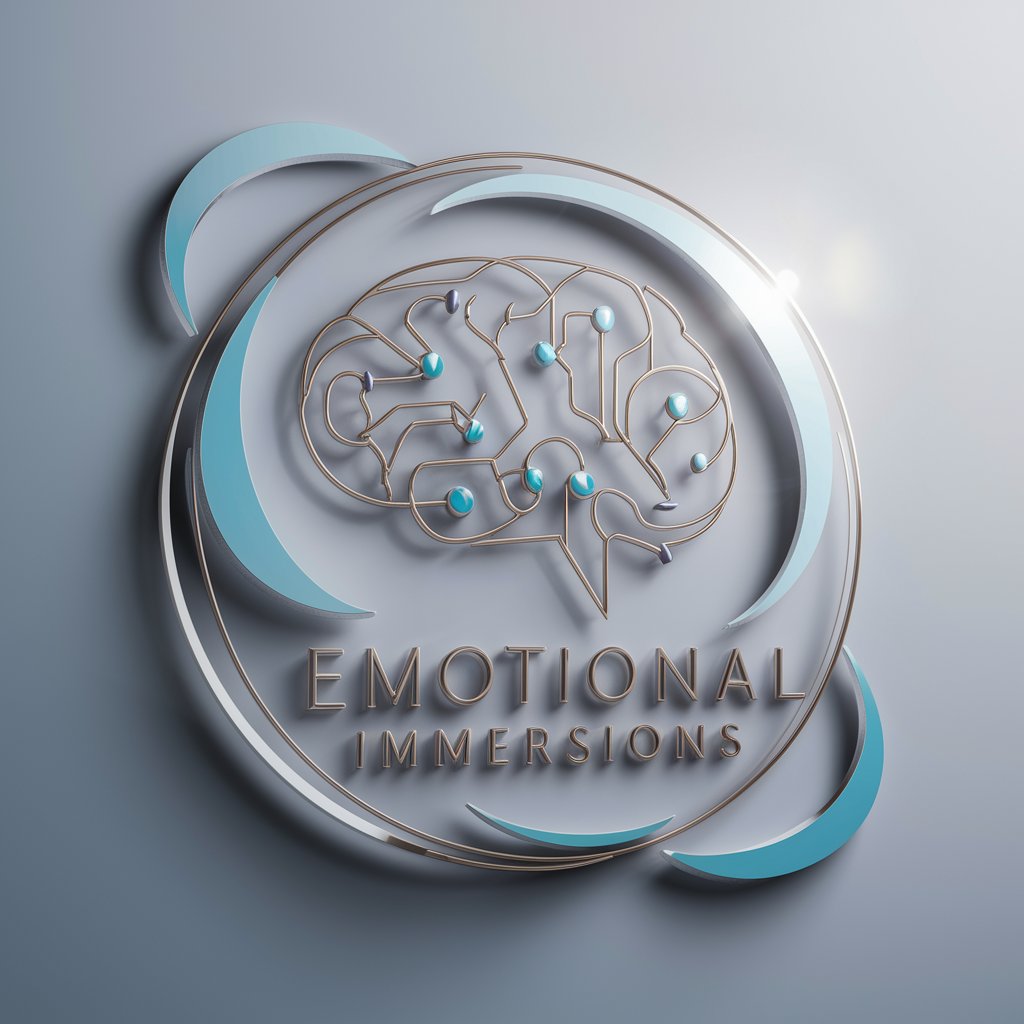
Emotional Biohacker
Empower your emotional health with AI
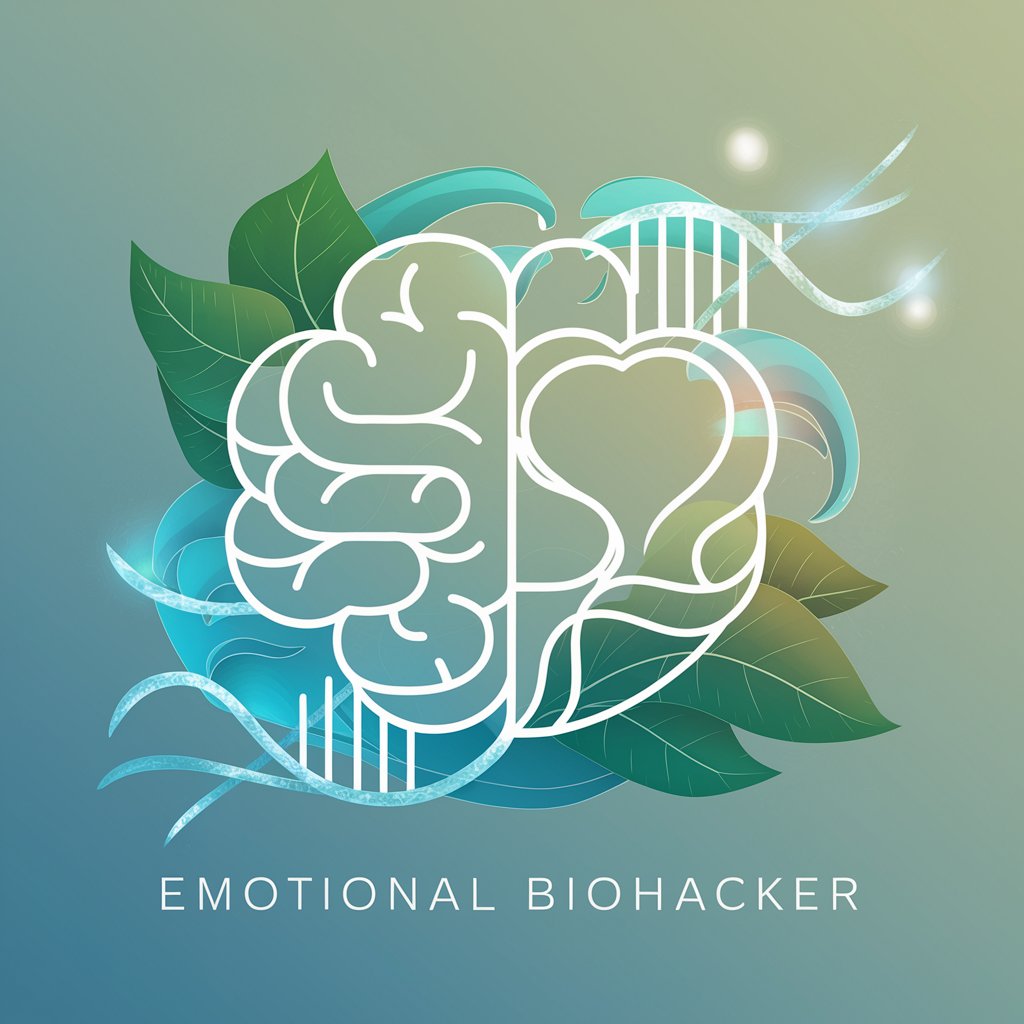
Emotional Supporter
Your Digital Companion for Emotional Wellness

Emotional Regulation
Navigate emotions with AI
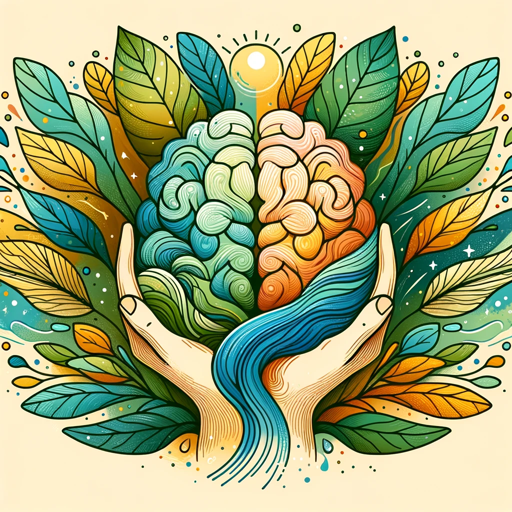
Frequently Asked Questions about Emotional Supporter
What can Emotional Supporter help with?
Emotional Supporter is designed to assist with emotional management by providing empathetic responses, coping strategies, and ongoing support for issues like stress, anxiety, and low mood, but it is not a replacement for professional mental health services.
Is Emotional Supporter confidential?
Yes, interactions with Emotional Supporter are treated with confidentiality. No personal data is stored or shared. However, it's important to note that this tool should not be used for critical mental health situations.
How often should I interact with Emotional Supporter?
The frequency of interaction can vary based on personal needs. Some may benefit from daily check-ins, while others might prefer to reach out as needed when they're feeling particularly stressed or overwhelmed.
Can Emotional Supporter replace therapy?
No, Emotional Supporter is not a substitute for professional therapy. It's designed to supplement existing mental health care or to provide support when professional help is not available.
What makes Emotional Supporter different from other chatbots?
Unlike many chatbots, Emotional Supporter focuses solely on emotional support, offering tailored advice and coping mechanisms based on the user's emotional state and needs.
